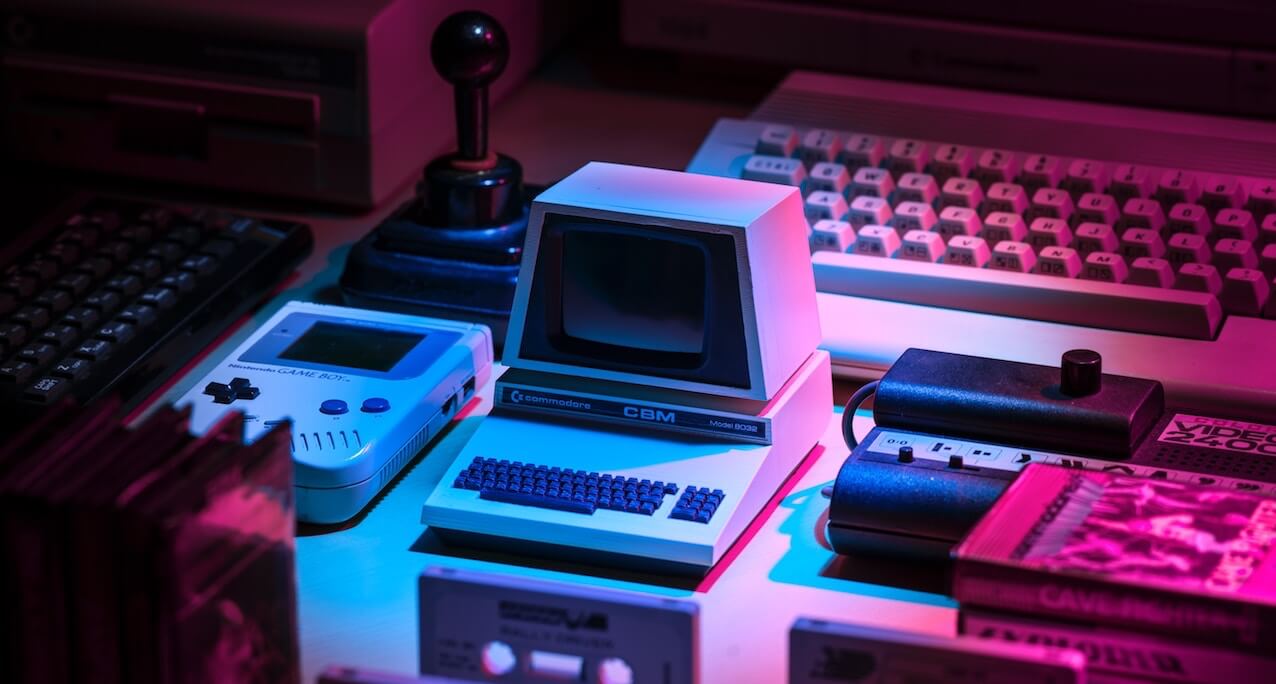WTF Is An Operating System?
What they’re for, why we need them and why there are different kinds...
Monday 30 December, 2019 • Suze Shardlow • 4-minute read

Without an operating system (OS), a computer would be useless: a bit like a business without a manager. But what are they for and how do we use them?
The operating system is a piece of software which co-ordinates all the computer’s functions and its relationships with internal and external hardware (eg the Central Processing Unit, printers, scanners) and software (eg apps).
So, for example, on your desktop computer, laptop or mobile phone, there’s an operating system which does all the following jobs:
- Allocates the memory (RAM (Random Access Memory) required to run applications (like Microsoft Word, your e-mail client or the Google Maps app));
- Lets two or more of these applications run simultaneously and allows you to switch between them;
- Manages the security of your device via user accounts and passwords/fingerprint recognition/facial recognition;
- Sends information to, and retrieves information from, peripherals like printers, hard drives, mp3 players;
- Organises files stored on your hard drive and provides a means for you to read, edit and delete them.
The operating system is not to be confused with the CPU (Central Processing Unit), which is a piece of hardware. The CPU sends commands to your computer’s hardware and software. For example, it tells the graphics card what to show you on the screen.
Modern operating systems also give us a user-friendly way of using the various functions of the computer via a Graphical User Interface (GUI). This allows us to communicate with the computer without knowing its language: we can, for example, open programs by double-clicking or touching an icon.
In the old days, the only way to work with a computer was by using your keyboard to type text on the Command Line Interface (CLI). There were no icons or dialogue boxes. Computing professionals (for example coders) still can, and do, access OS operations using the command line, as it is faster and uses less memory. However, most users don’t need this level of functionality.
Why do we need an operating system?
We need an OS to act as a buffer between the CPU and the computer’s software and hardware for two reasons:
- There are many different types of software and hardware, so an OS provides a standard interface between them.
- Having every piece of hardware and software in the computer talk directly to the CPU would mean that the device would run extremely slowly. There would be no task management or prioritisation; everything would be clamouring for memory and processing power.
Why are there different kinds of OS?
Most consumer devices come with the OS pre-installed. The operating system will depend on the manufacturer. On some devices, you can install a new OS. For example, you can run both Windows and MacOS on a Mac device. However, it could be argued that if you don’t like MacOS and only want to run Windows, you would be better off just buying a Windows device as they’re cheaper.
The most common operating systems today are:
- Microsoft Windows, which is the most popular operating system on desktop and laptop computers today. You can also find it on some tablets, but Windows mobile phones haven’t taken off in a big way.
- Android OS, which was developed by Google and is installed on more mobile devices than any other operating system. It is run on tablets and smartphones from many different manufacturers. Android is open source and manufacturers can customise it to suit their branding and/or specific device features. For example, Samsung and Motorola both use Android, but each have a different look and feel.
- Apple MacOS and Apple iOS, which run on Apple desktops, laptops and mobile devices.
- Linux, which is free and open source, so it is developed by coders all over the world. Some people run it on their personal computers but it is mostly used in the corporate world, to operate servers.
I hope this article has helped demystify the world of operating systems. Here is some further reading.